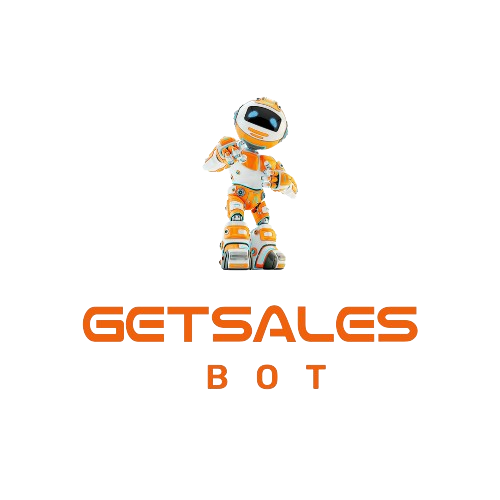In today’s digital landscape, creating an effective content strategy is crucial for both your website’s success and your client’s. With the power of AI at your fingertips, this process has become more streamlined and efficient. As the owner of an SEO agency and a mentor to thousands of students in content marketing, I’ve seen firsthand how AI can revolutionize the way we approach content strategy. In this blog post, I’ll walk you through how to build your content structure for either your site or a client’s site using AI.
Contents
Step 1: Choosing the Right AI Tool
The first step in building a content strategy with AI is selecting the right tool. There are several options out there, but I personally prefer Claude for its ease of use and robust features. Here’s a quick overview of some popular AI tools you can use:
- Claude: Great for comprehensive content strategies. The free plan is excellent for starters, but the Pro plan at $20/month offers more advanced features. Learn More.
- ChatGPT: Another solid choice, especially if you’re looking for more nuanced content generation. The Plus version also costs $20/month. Learn More
- Google Gemini: Useful for quick, one-off questions, though I find it less effective for in-depth content creation. Learn More.
For this tutorial, I’ll be using Claude, but feel free to explore and choose the one that best suits your needs.
Step 2: Prompting the AI
Once you’ve chosen your AI tool, the next step is to prompt it effectively. Start with a free plan to test the waters. Here’s a basic prompt to get started:
Act as an SEO specialist. We are building out the initial content strategy for a [specific industry, e.g., interior design service] company based in [location, e.g., New York City]. What should the website architecture include? Please provide all pages, URLs, and keywords each page should be optimized for.
This prompt helps the AI understand the structure you’re aiming for, whether it’s for a brand-new site or a complete overhaul of an existing one.
Step 3: Review the AI’s Output
After prompting, the AI will generate a suggested website architecture. For instance, if you’re working on an interior design site, it might suggest:
- Homepage: Optimized for keywords like “New York City interior design,” “luxury home design NYC,” etc.
- About Us: Focused on “experienced interior designers NYC,” “NYC design team,” etc.
- Services: Each service gets its own page, with keywords like “home renovation NYC,” “commercial interior design NYC.”
- Portfolio: Divided into residential and commercial projects.
- Blog: With topics like “interior design tips,” “NYC home decor trends,” etc.
- Contact: With keywords like “hire interior designer NYC.”
This output gives you a solid foundation to start building your content.
Step 4: Cross-Check Keywords
Now that you have a basic structure, it’s essential to cross-check the AI-generated keywords with a reliable keyword research tool like Ahrefs. Here’s how you do it:
- Input the keywords suggested by AI into Ahrefs.
- Check the keyword difficulty and search volume. You’re looking for keywords with low difficulty and high search volume.
- Identify opportunities where your site can rank quickly, especially if it’s a new site.
For example, if the AI suggests “interior design tips,” you can use Ahrefs to determine if it’s a viable keyword for your blog post.
Step 5: Refine and Expand
After verifying the initial keywords, it’s time to dive deeper into the content strategy. You can prompt the AI further to generate more specific content ideas. For example:
cssCopy codeAct as a keyword research expert. Give me five parent keywords that are easy difficulty and high volume for the category of [your niche, e.g., interior design].
From here, you can build out your content calendar. For instance, if you’re focusing on living room design, you might add blog post ideas like “How to Design a Living Room with a Fireplace” or “Modern Wall Mirror Design Ideas.”
Step 6: Human Touch and Finalization
While AI can do much of the heavy lifting, it’s crucial to add your personal touch. Tailor the AI-generated content to your client’s specific needs or your brand’s voice. Ensure that the content strategy aligns with the client’s goals and the unique aspects of their business.
Lastly, don’t forget to review everything manually. AI is a powerful tool, but it’s not infallible. Double-check all the data, refine the structure, and ensure the content meets the highest standards.
Conclusion
Building a content strategy with AI is a game-changer for SEO agencies and content marketers. By following these steps, you can efficiently create a robust and effective content strategy tailored to your specific needs. Remember, AI is a tool that, when combined with your expertise, can produce incredible results. Happy strategizing!

